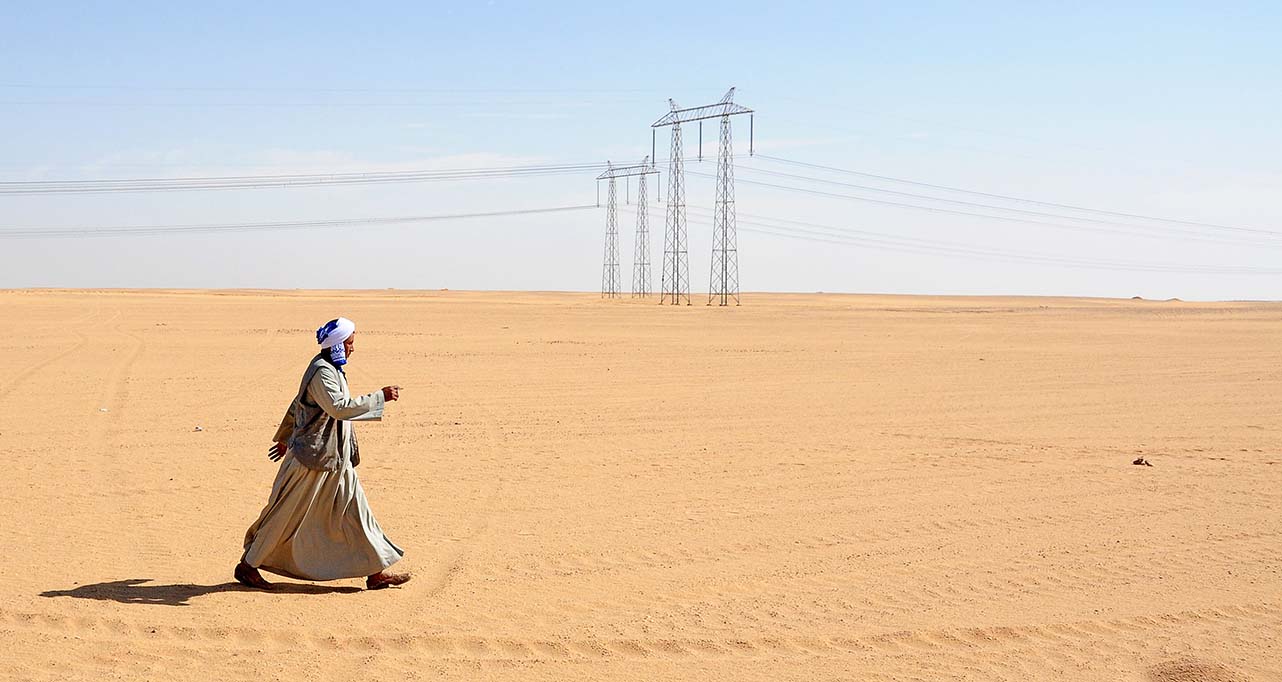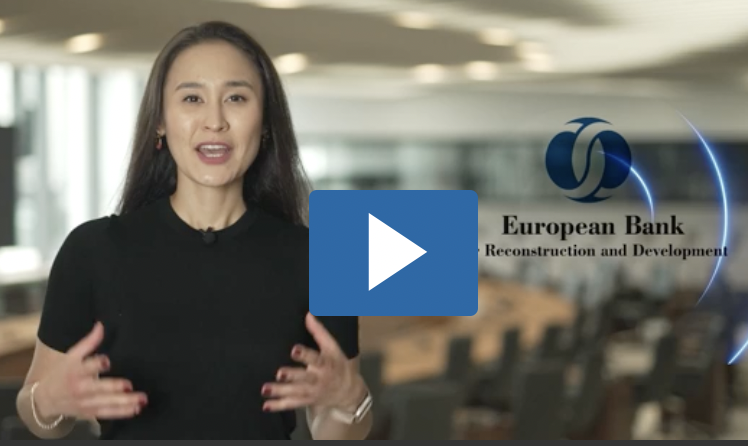- Egypt’s first green hydrogen production facility
- Green hydrogen to be used for green ammonia production
- 9 per cent of natural gas use and 138,000 tonnes of CO2 emissions to be saved annually
The EBRD is supporting the decarbonisation of Egypt’s economy by developing its green hydrogen capacity.
The Bank is providing a US$ 80 million loan to Egypt Green Hydrogen SA, a special-purpose vehicle created to finance the construction and operation of the first integrated green hydrogen production facility in Egypt, and owned by a consortium led by Scatec SA, a Norway-based integrated independent power producer.
This is the first green hydrogen production facility in Egypt, and will contribute to Egypt’s energy security and Paris Alignment goals.
EBRD’s financing will be used to acquire and construct a 100 MW electrolyser, which will be powered by renewable energy. It will produce approximately 12,000 tonnes of green hydrogen annually, which will be used as input for production of green ammonia, a common base for fertilisers, to be sold on the Egyptian and international markets.
Industrial ammonia production is energy-intensive and produces around 1.8 per cent of global carbon dioxide emissions. Reducing the amount of carbon dioxide produced during manufacturing is thus key to help the world achieve its net zero targets by 2050, and using green hydrogen powered by renewable energy is widely seen as the solution.
This landmark project is thus the first step towards the decarbonisation of the fertiliser sector in Egypt. It will serve as a benchmark for future green hydrogen projects and will showcase that hydrogen and ammonia production can be decarbonised in Africa’s biggest ammonia producer, where all of the hydrogen and ammonia production relies on a natural gas-based process, generating significant carbon emissions.
The annual green hydrogen production will substitute approximately 9 per cent of natural gas currently used to produce ammonia, and will save 138,000 tonnes of CO2 emission per year once fully operational.
“We are proud to support the first, and truly innovative, green hydrogen facility in Egypt. It will contribute to the decarbonisation of Egypt’s carbon intensive industries, and demonstrates Egypt’s commitment to a thriving low carbon hydrogen sector. It also demonstrates the commercial viability of green hydrogen production, paving the way for decarbonisation of fertiliser and other hard to abate industries in our economies,” says X.
Since 2012 the EBRD has invested more than €10 billion in 154 projects in Egypt.




